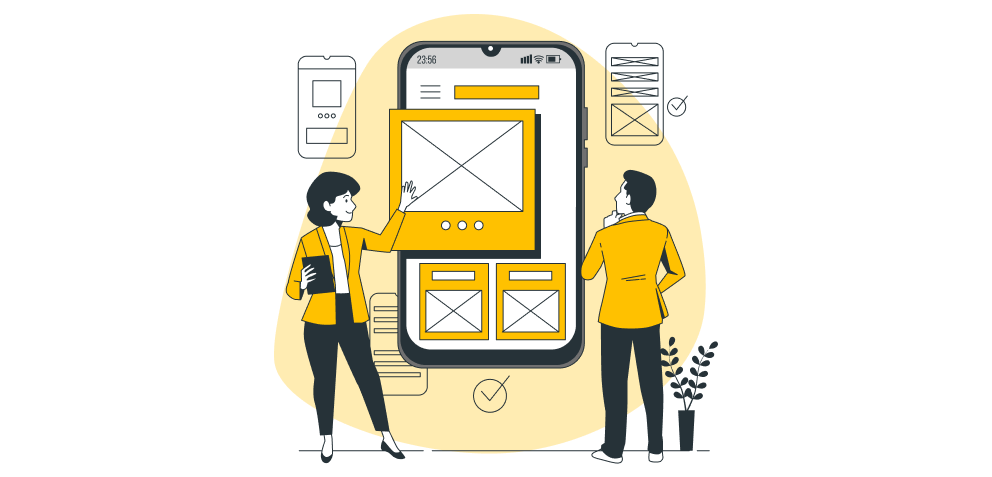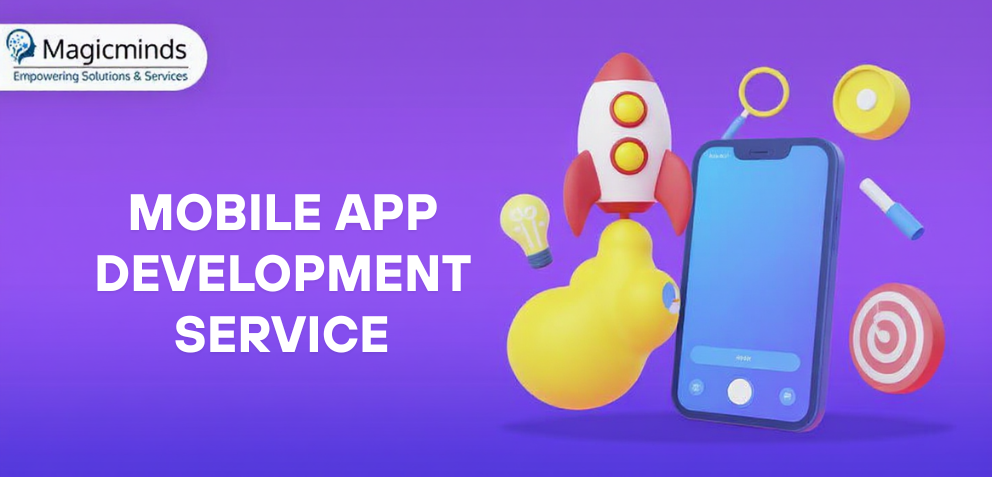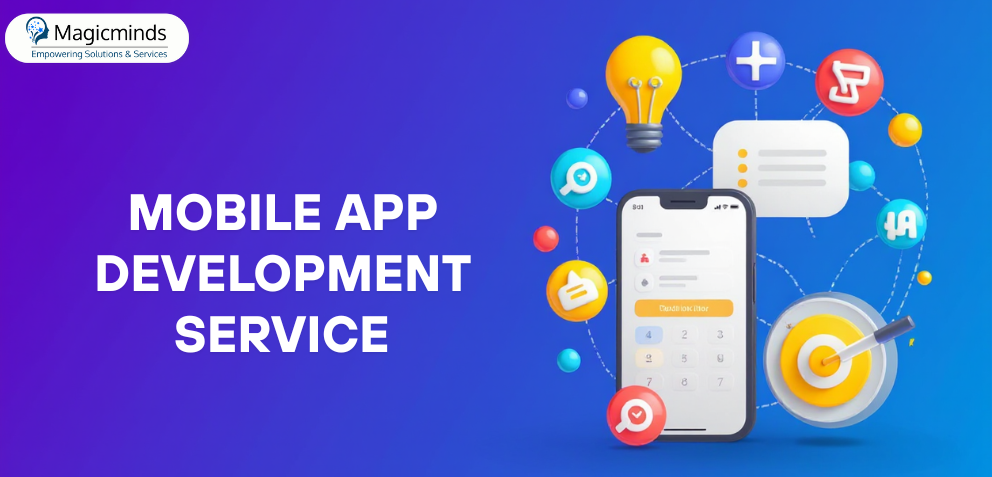Mastering Wireframing for Mobile App Development: A Complete Guide

Table Of Contents
 Stay In-the-loop
Stay In-the-loop
Get fresh tech & marketing insights delivered right to your inbox.
Share this Article
Tags
Category
- .Net Developer
- Adtech
- Android App Development
- API
- App Store
- Artificial Intelligence
- Blockchain Development
- Chatbot Development
- CMS Development
- Cybersecurity
- Data Security
- Dedicated Developers
- Digital Marketing
- Ecommerce Development
- Edtech
- Fintech
- Flutter app development
- Full Stack Development
- Healthcare Tech
- Hybrid App Development
- iOS App Development
- IT Project Management
- JavaScript development
- Laravel Development
- Magento Development
- MEAN Stack Developer
- MERN Stack Developer
- Mobile App
- Mobile App Development
- Nodejs Development
- Progressive Web Application
- python development
- QA and testing
- Quality Engineering
- React Native
- SaaS
- SEO
- Shopify Development
- Software Development
- Software Outsourcing
- Staff Augmentation
- UI/UX Development
- Web analytics tools
- Wordpress Development
A strong base is essential in the rapidly evolving realm of mobile app development. This is when wireframing becomes useful. Consider it as the roadmap to your app’s prosperity. Creating wireframes is crucial in developing mobile apps as it provides a foundation for successful app creation. Wireframes play a vital role in the UI/UX design process, whether you are creating new software or enhancing existing ones.
Nevertheless, what exactly is wireframing, and why is it necessary?
In this article, we’ll explore the advantages of wireframing, the many kinds of wireframes, and how they facilitate the creation of mobile apps.
Get ready to transform your ideas into reality! Let’s begin!
What is Wireframing?
Wireframing entails creating a simplistic depiction of the layout and structure of your mobile app. Consider it like a plan or framework indicating the placement of elements in the app. Wireframes prioritize functionality and user flow over design aesthetics such as colors, fonts, and images.
In essence, wireframing addresses queries such as:
- Where should the buttons be?
- How must the navigation path work?
- What should be the primary focus on every screen?
It’s a vital tool for UI/UX designers, app developers, and stakeholders to ensure everyone is on the same page before diving into full-fledged design and development.
Related Read: Typography in UX Mastery: Design Empowerment Guide
Types of Wireframes in Mobile App Development
There are different types of wireframes, each with varying levels of detail. Understanding the distinctions between these types can help you choose the best option for your app project.
1. Low-Fidelity Wireframes
These are the most fundamental wireframes, typically straightforward outlines or sketches. Low-fidelity wireframes, which are quite basic, are frequently utilized during brainstorming to provide a general idea of the arrangement and where items will be placed.
Example: A rough drawing that illustrates the screen’s locations of text fields, menus, and buttons.
2. Mid-Fidelity Wireframes
Mid-fidelity wireframes include specified features such as navigation menus and working buttons, further complicating the design. They still stay away from specific design aspects like colors or images, but they do contribute to determining how the app will function.
Example: A structured layout would show where users can interact with the app using placeholders for text, menus, and images.
3. High-Fidelity Wireframes
High-fidelity wireframes are the most detailed and closely resemble the app’s final design. They often include pixel-specific elements and can even integrate early-stage functionality. High-fidelity wireframes are typically used in the final design phases, providing developers with a clear roadmap for coding the app.
Example: A near-complete layout that shows exactly how each element will appear and function in the finished app.
Ready to Make Your Wireframes Into Reality?
Get expert services to turn your blueprints into a fully functioning app!
Benefits of Wireframing in Mobile App Development
Now that we’ve defined wireframing let’s examine some of its core benefits in mobile app development.
1. Clear Visual Structure
Wireframes visually represent how your mobile app will look and work. Before considering design elements such as color schemes or typography, wireframes enable you to concentrate on holistic user flow and navigation. This level of transparency guarantees a strong foundation is in place before committing time and resources to the actual development process.
2. Enhanced Collaboration
Wireframing promotes teamwork among stakeholders, designers, and developers. Wireframes simplify the communication of ideas for all parties involved by offering a visual reference. This is particularly beneficial in bigger groups where communication may become unclear.
3. Cost and Time Efficiency
Spotting issues during the wireframing phase can help you save considerable time and money. Modifying a wireframe is more cost-effective than overhauling a completed app. Wireframing permits quick prototyping, assisting teams in detecting and solving usability problems promptly.
4. User-Focused Design
Wireframing puts the user experience at the forefront. By mapping out the consumer journey, you can ensure that every display screen provides a continuing reveal. Attention to user flow facilitates designers’ construction of an app that’s purposeful, intuitive, and clean.
5. Easier Feedback and Iteration
One key advantage of wireframing is that it allows for feedback and iteration without difficulty. Wireframes can be quickly adjusted primarily based on client or personal comments, making it much less complicated to reach the very last design stage without needing full-size revisions later.
READ MORE: UX Mastery: A Blueprint for Mobile App Development Success
Wireframing Tools You Must Know
There are many tools to use to grow wireframes. Some famous alternatives include:
- Balsamiq: An easy and smooth-to-use device for growing low-fidelity wireframes.
- Figma: An effective tool for growing excessive-constancy wireframes and prototypes.
- Adobe XD: A vector-primarily based tool for designing and prototyping consumer stories.
- Sketch: A famous device for designing virtual interfaces, such as wireframes.
- InVision: A prototyping device that permits you to create interactive wireframes.
Ready to Bring Your App to Life?
Hire expert developers from our team who are experienced in wireframing and UI/UX design.
Hire Now!Best Practices for Mobile App Wireframing
To get the most out of wireframing, consider these best practices:
- Keep it Simple: Start with abstract wireframes and gradually add complexity.
- Focus on User Flow: Put your app’s user experience ahead of aesthetics.
- Gather Feedback Early: Share your wireframes with stakeholders and users to gain insights before moving into development.
- Use Tools Wisely: Tools like Sketch, Figma, and Balsamiq are great for creating wireframes. Choose the one that suits your needs.
ALSO READ: 2024 Vision: Unveiling the Next Wave of UI/UX Design Trends
Examples of Wireframing in Real Projects
Many major apps started their journey with wireframing. Let’s look at two examples.
- Instagram: The initial wireframes for Instagram emphasized the user more and simplified the photo-sharing process. They contributed to streamlining the user experience by highlighting essential functions like social sharing, filtering, and picture uploading.
- Airbnb: The centerpiece of Airbnb’s wireframes is its approach to developing a flawless booking process. Early wireframes prioritized straightforward and uncomplicated navigation above formatting to ensure users could quickly discover what they were looking for.
These examples highlight how mobile app wireframing plays a crucial role in shaping some of today’s most successful apps.
Seeking a Mobile App That’s Well-Designed?
Partner with a skilled UI/UX design team and experience flawless & smooth user experience.
How Magicminds’ Skilled Developers Can Help in Wireframing and Mobile App Development
Wireframing is crucial when creating a mobile application. It ensures smooth communication and active participation from clients, developers, and designers in the project’s vision.
When it comes to wireframing and developing mobile apps, experience really does matter. Having top-tier developers ensures that your team is competent and committed to producing the most excellent end product while meeting deadlines. They’ll collaborate closely with your designers to make your wireframes a reality, ensuring that the finished product will be aesthetically pleasing and practical.
So, what makes you wait? Don’t miss out on this opportunity.
Contact our experts to know more on mobile app development wireframing
A strong base is essential in the rapidly evolving realm of mobile app development. This is when wireframing becomes useful. Consider it as the roadmap to your app’s prosperity. Creating wireframes is crucial in developing mobile apps as it provides a foundation for successful app creation. Wireframes play a vital role in the UI/UX design process, whether you are creating new software or enhancing existing ones.
Nevertheless, what exactly is wireframing, and why is it necessary?
In this article, we’ll explore the advantages of wireframing, the many kinds of wireframes, and how they facilitate the creation of mobile apps.
Get ready to transform your ideas into reality! Let’s begin!
| Table of Contents!
What is Wireframing? Types of Wireframes in Mobile App Development Benefits of Wireframing in Mobile App Development Wireframing Tools You Must Know Best Practices for Mobile App Wireframing Examples of Wireframing in Real Projects How Magicminds’ Skilled Developers Can Help in Wireframing and Mobile App Development |
What is Wireframing?
Wireframing entails creating a simplistic depiction of the layout and structure of your mobile app. Consider it like a plan or framework indicating the placement of elements in the app. Wireframes prioritize functionality and user flow over design aesthetics such as colors, fonts, and images.
In essence, wireframing addresses queries such as:
- Where should the buttons be?
- How must the navigation path work?
- What should be the primary focus on every screen?
It’s a vital tool for UI/UX designers, app developers, and stakeholders to ensure everyone is on the same page before diving into full-fledged design and development.
Related Read: Typography in UX Mastery: Design Empowerment Guide
Types of Wireframes in Mobile App Development
There are different types of wireframes, each with varying levels of detail. Understanding the distinctions between these types can help you choose the best option for your app project.
1. Low-Fidelity Wireframes
These are the most fundamental wireframes, typically straightforward outlines or sketches. Low-fidelity wireframes, which are quite basic, are frequently utilized during brainstorming to provide a general idea of the arrangement and where items will be placed.
Example: A rough drawing that illustrates the screen’s locations of text fields, menus, and buttons.
2. Mid-Fidelity Wireframes
Mid-fidelity wireframes include specified features such as navigation menus and working buttons, further complicating the design. They still stay away from specific design aspects like colors or images, but they do contribute to determining how the app will function.
Example: A structured layout would show where users can interact with the app using placeholders for text, menus, and images.
3. High-Fidelity Wireframes
High-fidelity wireframes are the most detailed and closely resemble the app’s final design. They often include pixel-specific elements and can even integrate early-stage functionality. High-fidelity wireframes are typically used in the final design phases, providing developers with a clear roadmap for coding the app.
Example: A near-complete layout that shows exactly how each element will appear and function in the finished app.
| Ready to Make Your Wireframes Into Reality?
Get expert services to turn your blueprints into a fully functioning app! |
Benefits of Wireframing in Mobile App Development
Now that we’ve defined wireframing let’s examine some of its core benefits in mobile app development.
1. Clear Visual Structure
Wireframes visually represent how your mobile app will look and work. Before considering design elements such as color schemes or typography, wireframes enable you to concentrate on holistic user flow and navigation. This level of transparency guarantees a strong foundation is in place before committing time and resources to the actual development process.
2. Enhanced Collaboration
Wireframing promotes teamwork among stakeholders, designers, and developers. Wireframes simplify the communication of ideas for all parties involved by offering a visual reference. This is particularly beneficial in bigger groups where communication may become unclear.
3. Cost and Time Efficiency
Spotting issues during the wireframing phase can help you save considerable time and money. Modifying a wireframe is more cost-effective than overhauling a completed app. Wireframing permits quick prototyping, assisting teams in detecting and solving usability problems promptly.
4. User-Focused Design
Wireframing puts the user experience at the forefront. By mapping out the consumer journey, you can ensure that every display screen provides a continuing reveal. Attention to user flow facilitates designers’ construction of an app that’s purposeful, intuitive, and clean.
5. Easier Feedback and Iteration
One key advantage of wireframing is that it allows for feedback and iteration without difficulty. Wireframes can be quickly adjusted primarily based on client or personal comments, making it much less complicated to reach the very last design stage without needing full-size revisions later.
READ MORE: UX Mastery: A Blueprint for Mobile App Development Success
Wireframing Tools You Must Know
There are many tools to use to grow wireframes. Some famous alternatives include:
- Balsamiq: An easy and smooth-to-use device for growing low-fidelity wireframes.
- Figma: An effective tool for growing excessive-constancy wireframes and prototypes.
- Adobe XD: A vector-primarily based tool for designing and prototyping consumer stories.
- Sketch: A famous device for designing virtual interfaces, such as wireframes.
- InVision: A prototyping device that permits you to create interactive wireframes.
| Ready to Bring Your App to Life?
Hire expert developers from our team who are experienced in wireframing and UI/UX design. |
Best Practices for Mobile App Wireframing
To get the most out of wireframing, consider these best practices:
- Keep it Simple: Start with abstract wireframes and gradually add complexity.
- Focus on User Flow: Put your app’s user experience ahead of aesthetics.
- Gather Feedback Early: Share your wireframes with stakeholders and users to gain insights before moving into development.
- Use Tools Wisely: Tools like Sketch, Figma, and Balsamiq are great for creating wireframes. Choose the one that suits your needs.
ALSO READ: 2024 Vision: Unveiling the Next Wave of UI/UX Design Trends
Examples of Wireframing in Real Projects
Many major apps started their journey with wireframing. Let’s look at two examples.
- Instagram: The initial wireframes for Instagram emphasized the user more and simplified the photo-sharing process. They contributed to streamlining the user experience by highlighting essential functions like social sharing, filtering, and picture uploading.
- Airbnb: The centerpiece of Airbnb’s wireframes is its approach to developing a flawless booking process. Early wireframes prioritized straightforward and uncomplicated navigation above formatting to ensure users could quickly discover what they were looking for.
These examples highlight how mobile app wireframing plays a crucial role in shaping some of today’s most successful apps.
| Seeking a Mobile App That’s Well-Designed?
Partner with a skilled UI/UX design team and experience flawless & smooth user experience. |
How Magicminds’ Skilled Developers Can Help in Wireframing and Mobile App Development
Wireframing is crucial when creating a mobile application. It ensures smooth communication and active participation from clients, developers, and designers in the project’s vision.
When it comes to wireframing and developing mobile apps, experience really does matter. Having top-tier developers ensures that your team is competent and committed to producing the most excellent end product while meeting deadlines. They’ll collaborate closely with your designers to make your wireframes a reality, ensuring that the finished product will be aesthetically pleasing and practical.
So, what makes you wait? Don’t miss out on this opportunity.
Contact our experts to know more on mobile app development wireframing


